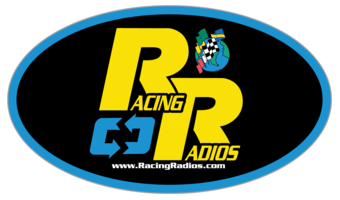Racing is an analogy for life; the struggle, the work, the wins, and the losses. And like life, communication is key in racing. Information is power and the more information that a driver and race team have, the higher their chance of winning. The exchange of information and a good race car communication system are vital aspects of racing, yet they can easily go overlooked. The driver sits isolated in the car and only knows what is going immediately around them. It becomes important then that the driver and crew chief can communicate with each other for the exchange of information on track conditions, crashes, when to pit, etc.
Knowing Track Conditions
In the heat of the race, a driver focuses solely on driving. It takes nerves of steel, instinct, and split-second decision making to compete as a professional driver. Drivers focus so much on what is going on right in front of them that they may not notice there was a ten-car crash in turn four. As such, the spotter and crew chief will tell the driver what to expect up ahead so they can avoid the pile and keep racing.
Time to Pit
There is a lot of strategies involved with racing and knowing when to come in for a pit stop is high on the strategic list. It is up to the crew chief to decide when the car needs to come in. Then, they need to decide if the car will get two tires or a full set, how much fuel it needs, and if any emergency repairs are necessary. Communicating the need for a pit is important and can mean the difference between winning and losing a race. If the driver feels something is wrong with the car and wants to come in, he needs the ability to tell the chief what’s going on so the team can prepare and get the proper tools ready. This way, the stop is as short as possible.
Position in the Race
Drivers usually have a rough idea of where they are in the pack. If they are leading the race, it’s easy to tell because they aren’t looking at another car’s rear end. However, knowing where they are in the race becomes a challenge when they are in the pack. Positions change often, as the race continues even when cars pit, get into crashes, and drop out. Knowing where they are toward the end of the race tells the driver if they need to be more aggressive and try to jump spots for the win.
It starts to become clear how poor communication affects a racecar driver when it’s the difference between winning and losing. The communications between driver and crew chief may not always be pleasant, but it is important and must be clear.

